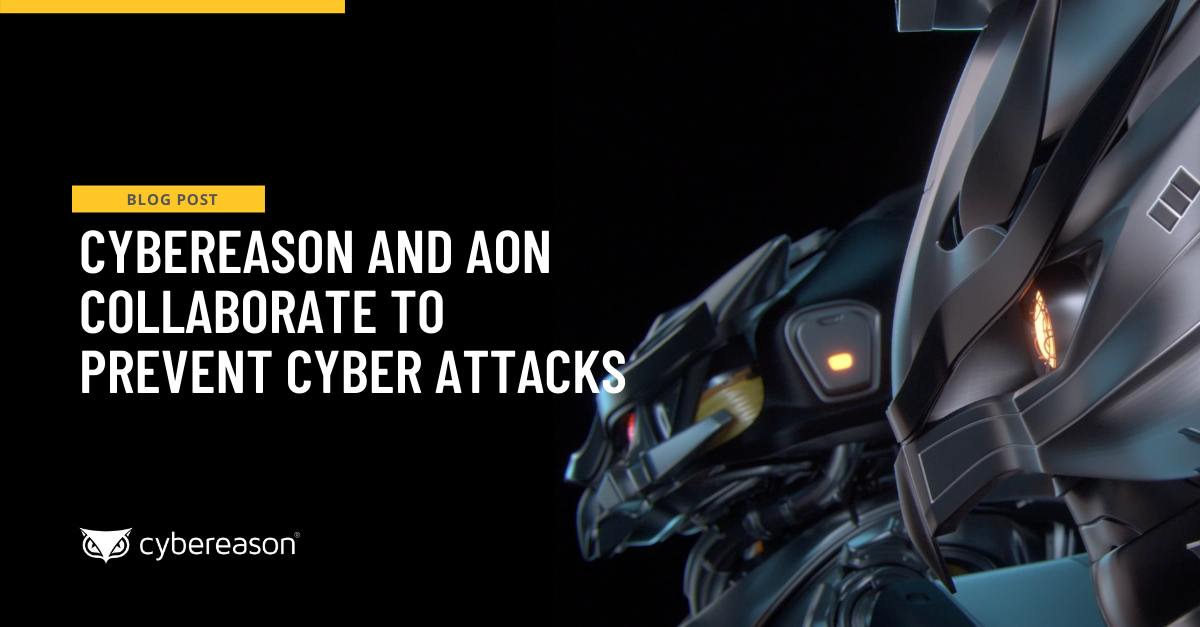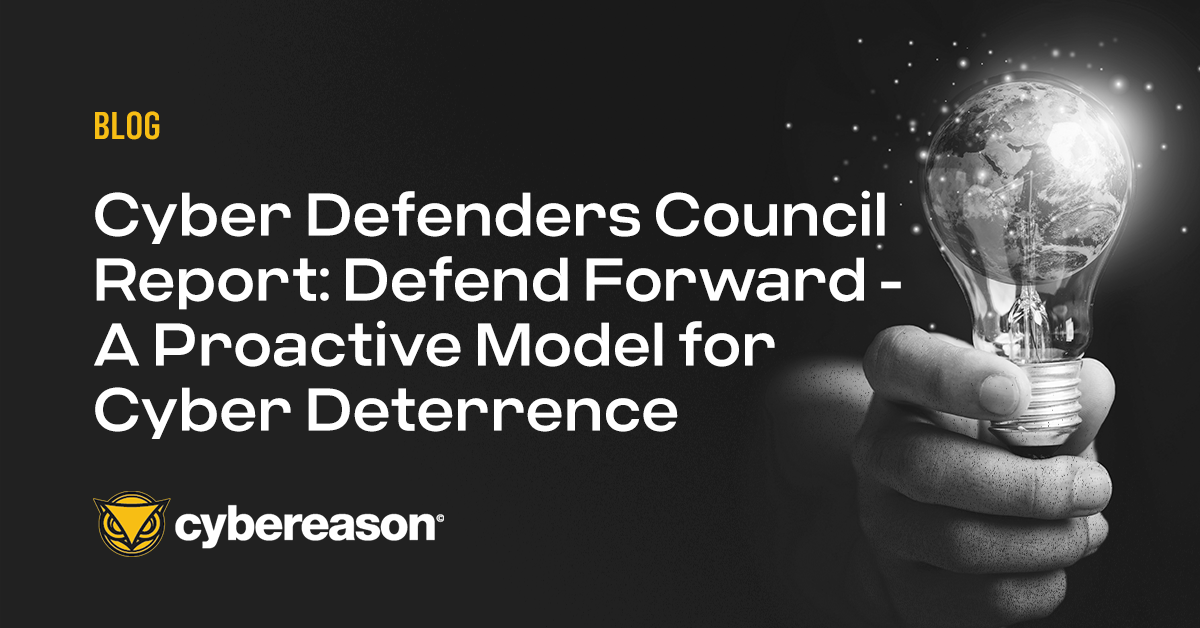
Cybereason and Aon Collaborate to Prevent Cyber Attacks
Cybereason is partnering with Aon, a leading global professional services firm, in an alliance to help protect clients from sophisticated cyber attacks...

Cybereason Team
Ransomware attacks cost the healthcare industry over $20 billion in 2020 and show no sign of slowing down. “The current outlook is terrible,” says Israel Barak, CISO of Cybereason. “We are seeing the industry experience an extremely sharp increase in both the quantity and level of sophistication of these attacks.”
It's no wonder healthcare providers have experienced a surge in ransomware attacks over the past two years. Because of the critical services hospital and health systems provide, the extent to which their businesses are digitized, and the amount of sensitive information they store and process, ransomware actors have identified healthcare providers as easy and lucrative targets that are highly likely to pay a ransom in order to restore operations or prevent patient data from being exposed. Statistics bear this out: in 2021, 61% of targeted healthcare organizations paid the ransom.
What’s interesting is the data attackers are after, when they’re motivated by more than a quick payout: more often, they’re compromising patients’ personally identifiable information (PII) as opposed to their protected health information (PHI) and medical records. The 2022 Verizon Data Breach Investigations Report showed that personal data was compromised more often than medical data, with 58% of affected healthcare organizations reporting theft of personal information during a ransomware attack, compared with 46% reporting compromised medical records.
Given the high risk of ransomware, what should healthcare CISOs do differently to fight it, especially considering the limited human and financial resources they have available to put toward it?
Healthcare is an over-attacked and under-resourced sector, but healthcare CISOs can leverage advanced technology and professional services to dramatically reduce their organization’s risk exposure while optimizing the efficiency and effectiveness of their existing staff.

Cybereason is dedicated to partnering with Defenders to end attacks at the endpoint, in the cloud and across the entire enterprise ecosystem. Only the AI-driven Cybereason XDR Platform provides predictive prevention, detection and response that is undefeated against modern ransomware and advanced attack techniques. The Cybereason MalOp™ instantly delivers context-rich attack intelligence across every affected device, user and system with unparalleled speed and accuracy. Cybereason turns threat data into actionable decisions at the speed of business.
All Posts by Cybereason Team
Cybereason is partnering with Aon, a leading global professional services firm, in an alliance to help protect clients from sophisticated cyber attacks...

The Cyber Defenders Council is an independent group of preeminent cybersecurity leaders from public and private sector organizations around the world with the mission to adapt Defend Forward deterrence concepts for the private sector - read the inaugural report here...

Cybereason is partnering with Aon, a leading global professional services firm, in an alliance to help protect clients from sophisticated cyber attacks...

The Cyber Defenders Council is an independent group of preeminent cybersecurity leaders from public and private sector organizations around the world with the mission to adapt Defend Forward deterrence concepts for the private sector - read the inaugural report here...
Get the latest research, expert insights, and security industry news.
Subscribe